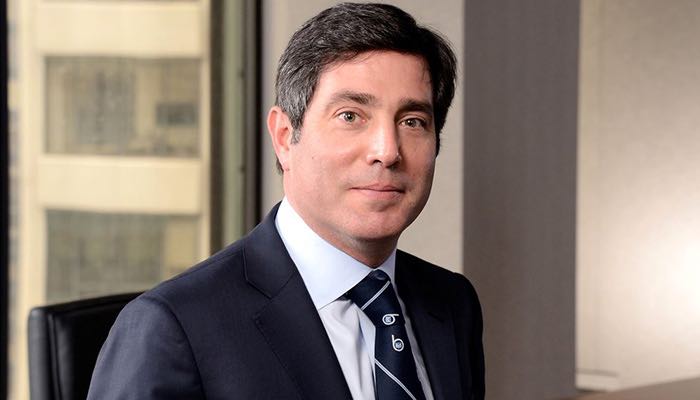“It is very possible, for example, that you will see us participate more significantly in the property cat space,” said Berkley on the carrier’s Q3 2022 earnings call.
The comments came after the re/insurer announced a solid set of results in light of the impacts of hurricane Ian, driven by a strong underwriting performance and robust net investment income. At the same time, gross and net premiums written increased, year-on-year, supported by expansion in all business segments, including property reinsurance.
With the January 1st, 2023, reinsurance renewals edging closer, the property catastrophe market has been a hot topic, with many expecting significant rate increases prior to hurricane Ian’s arrival in the third-quarter.
It’s a stressed marketplace where demand for protection is rising on the back of higher loss costs and inflation, while supply is projected to be reduced as reinsurers look to cut volatility and improve their margins by avoiding the lower layers of programmes, notably in places like Florida which also suffers from unique challenges around litigation and fraud.
Insured losses from catastrophes are again expected to exceed $100 billion in 2022. The elevated loss experience this year and in prior years, has been driven by rising asset values in vulnerable regions, heightened losses from so-called secondary perils such as floods and wildfires, and of course, large events such as hurricane Ian. And, in the current high inflationary environment, loss costs are spiralling.
As a result, market consensus is that more rate is needed in the property space, notably for cat-exposed property, in order for sellers of protection to get adequately paid for the exposures they’re taking on.
“As far as market conditions going-forwards, it is pretty clear to us that property pricing, particularly cat-exposed property pricing, but property pricing in general is going up,” said Berkley. “We haven’t seen it in a long time, but it’s likely to be led by the reinsurance market and the insurance market I expect will follow and we will be leaning into that in every way that we think makes sense for the organisation.”
“But again, certainly as far as property and cat-exposed property and perhaps the most interesting property cat reinsurance, or even certain types of retro, those are things that we are playing close attention to, not just as a buyer, but potentially as a meaningful seller,” continued Berkley.
The CEO emphasised that his firm is “not shy to lean into” the property cat space but stressed that it has to make sense from a risk-adjusted return basis.
“If we see, for example, in particular, property cat reinsurance pricing getting to a level that we think makes sense, we have been making plans and positioning ourselves, as you would expect, to be able to participate in a meaningful way. But we are only going to do that if we think we are getting paid enough,” said Berkley.
He went on to explain that for the vast majority of the time during a cycle, the company does not believe the margin is there, which is why it controls it very tightly.
After all, W. R. Berkley is not in that product line day in day out, riding the cycle up and down, he explained.
“We are going to participate, on average, when we see everything lines up, the planets and stars line up, for call it, two years out of every 15-years. It is certainly very possible that 2023 could be one of those two years. But if we don’t like it, if it doesn’t get hard enough, we’re not going to stick our toe in the water, let alone a foot,” said Berkley.
Whatever the opportunity in the weeks and months ahead, Berkley said that he does not think that the insurer will become a leading property cat underwriter overnight.









